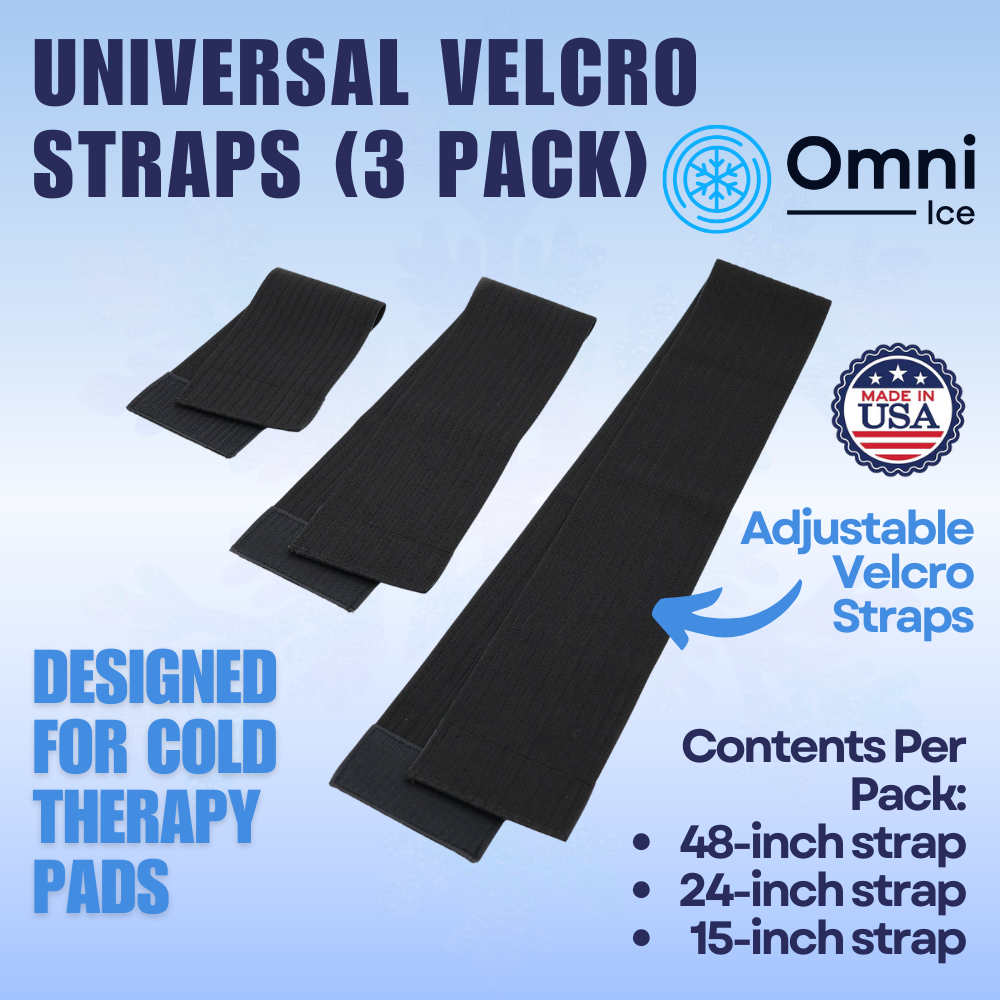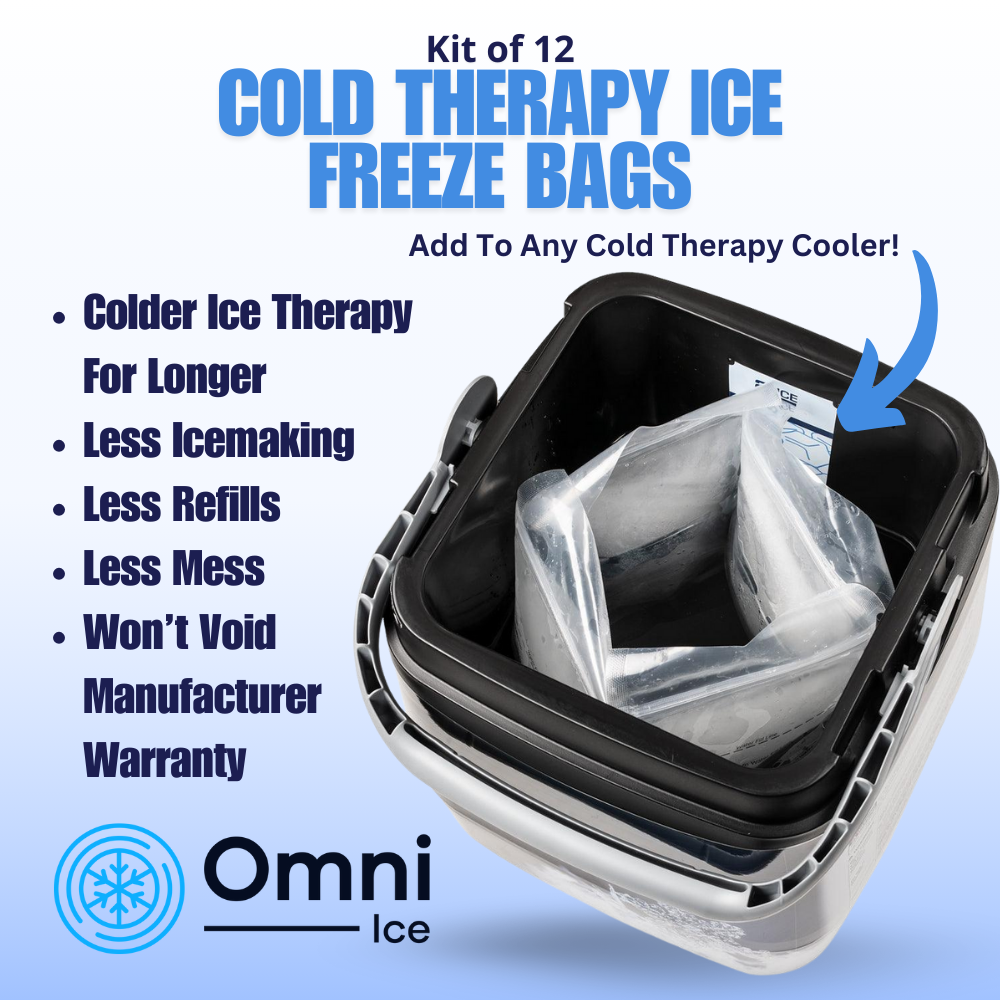Difference Between Cold Therapy (ICE) and Cold Compression Therapy
Soft tissue injuries can stop you from living a meaningful and fulfilling life, especially if they are recurring. That’s why you have to find a simple and effective way to manage the pain and improve the recovery process. Currently, medical professionals prefer to use ice and cold compression therapies to treat patients with soft tissue injuries.
Although both treatment methods can be integrated, they are quite different in terms of delivery. This article will learn the difference between cold therapy (ICE) and cold compression therapy.
Cold Therapy (ICE)

Also referred to as cryotherapy, cold therapy involves applying cold temperature to the skin of an injured area. This method of treatment has been applied for thousands of years. It has proved to be quite effective in reducing pain and swelling in the injured area. It also helps to speed up the recovery process.
In the past, people pressed a packet of ice or frozen gel on the injured area to reduce inflammation and pain. But this method is slowly being overtaken by the use of cryotherapy machines that typically use ice and water or liquid nitrogen. These machines vary in size and design. For instance, there are handheld cryotherapy devices that are powered by batteries. These devices are easily carried around in handbags and backpacks for convenience and continuous cold therapy.
But there are also large cryotherapy systems with chambers. Such a machine requires a large space in the room where it is installed permanently. Most of these machines use liquid nitrogen and are powered by electricity. You can find them in hospitals and athletic training rooms, where cold therapy is part of the training program.
Cold Compression Therapy
Also referred to as heliotherapy, cold compression therapy combines two of the principles of R.I.C.E (rest, ice, compression, and elevation) to manage pain and inflammation. Although this type of therapy is commonly used to treat soft tissue injuries in sportspeople, orthopedic patients are also advised to use it after surgery. It is quite useful for strains, muscle pulls, pulled ligaments, and sprains.
Cold compression therapy combines both cryotherapy and static compression. Most of the latest cryotherapy machines have integrated compression pumps to help increase external pressure on the injured tissues to prevent the formation of edema (swelling). Compression also helps to prevent fluid loss from the open vessels in the injured area. It is also important to mention that ice with compression is colder and more effective than ice alone.








